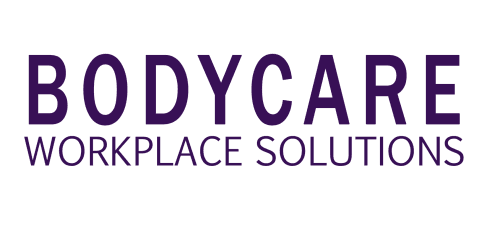Sun Safety Tips for Outdoor Workers
Overexposure to ultraviolet (UV) radiation poses a real risk to the health of outdoor workers, who spend more time in the sun than those in other lines of work. In fact, outdoor workers are exposed to between five and ten times more UV radiation from the sun than everyone else. Solar UV radiation is a hazard when working directly in the sun, and exposure can be made worse when reflected off certain surfaces and materials.
Australians are well-versed in the harmful effects of the sun, given that solar UV radiation can be at hazardous levels all year-round in some parts of the country, not only in summer. It can have short-term negative effects on the body such as causing discomfort, sunburn and dehydration. It can also lead to much more debilitating illnesses such as skin cancer, immunosuppression and skin ageing, as well as other permanent and irreversible damage to the skin and eyes.
Too much exposure to sunlight has significant implications for worker health and safety, affecting their performance as well as their wellbeing. That’s why it is important for employers to do what they can to protect outdoor workers from UV-related harm, by providing a safe working environment that mitigates the impacts of intensive sunlight exposure. Below are our top sun safety tips to protect outdoor workers.
Sun Protection for Outdoor Workers
While eliminating exposure to UV radiation is the best protection, it’s not always possible. In some industries such as construction and agriculture, even staying indoors during peak hours leave workers vulnerable to overexposure.
A recent Australian Workplace Exposure Study Report indicated that less than 10% of workers in construction and agriculture were adequately protected by basic measures such as shade, protective clothing, and sunscreen.
We recommend that all employers of outdoor workers implement a sun protection plan that includes the following measures.
Sun protection hats
Sun protection hats offer an effective barrier against harmful rays and are a practical way to improve sun safety for outdoor workers. A sun protection hat should be wide-brimmed for ample coverage and made of lightweight material, making them comfortable to wear throughout the day. When selecting hats, consider those that are made from cotton or polyester.
Polarised safety glasses
Polarised safety glasses protect the eyes from overexposure to sunlight and UV radiation, making them another critical piece of protective equipment for outdoor workers. The heat, light and glare produced by the sun – and any reflections – can cause a variety of issues for outdoor workers ranging from headaches to solar retinopathy and macular degeneration. This simple addition to an outdoor worker’s equipment can both make work more comfortable on a sunny day and also help protect their vision in the longer term.
Safety glasses should have polarised lenses to protect against UV, filter glare and enhance contrast to ensure work performance is not hindered. They should also ideally be close-fitting, wraparound glasses.
Sunscreen Lotion with Sun Protection Factor (SPF)
Sunscreen is vital to protect the skin from excess UV radiation. Outdoor workers should use sunscreen and reapply it often to protect any skin exposed to the sun for extended periods. The Cancer Council of Australia recommends sunblock with SPF 30 and this should be made available to all workers on-site. Sunscreen lotion that also has vitamin E in addition to SPF will provide better protection.
Lip balm with SPF
The lips can be a sensitive area of the face, and just like skin, require protection against harsh UV radiation. The lips are also prone to becoming dehydrated, which happens more readily if overexposed to the sun. Using a lip balm that has an SPF of 30 and above and which is water resistant will provide sun protection as well as hydration.
Drinking water
Dehydration is a condition that often occurs when a person is exposed to excessive sunlight and heat. To prevent outdoor workers from becoming dehydrated, an employer should provide access to water stations on the worksite. Regular water breaks should also be encouraged to maintain safe and consistent hydration levels throughout the workday.
Cool, shaded areas
Workers operating in outdoor, open-air worksites must always have access to an area that is cool and shaded. This area can be used by workers during lunchtime or when taking breaks, to minimise sun exposure when it is not necessary. Shaded areas help to keep body temperatures at manageable levels as well as providing a location for respite from the heat of the sun.
Regular skin checks for outdoor workers
Outdoor workers should get regular skin checks to monitor any changes or abnormalities that could indicate health risk. Exposure to sunlight and UV radiation significantly increases the risk of developing skin cancer, and outdoor workers are particularly vulnerable to this risk due to their prolonged exposure to these elements.
Early detection and treatment of skin cancer is crucial for a better chance of successful treatment outcomes, so these checks are important for the overall health and well-being of outdoor workers. While outdoor workers are encouraged to visit their own doctors to help stay on top of health concerns, providing such checks through the workplace can ensure they’re done regularly and help protect your team’s long term health and wellbeing. Prevention is one of the best ways to protect your workforce and minimise their risk.
Bodycare provides workplace skin checks for work sites, businesses, and organisations of all sizes across Australia. Call today for more information or to schedule skin checks for your employees today. You can learn more about Bodycare’s ongoing health surveillance services here.


